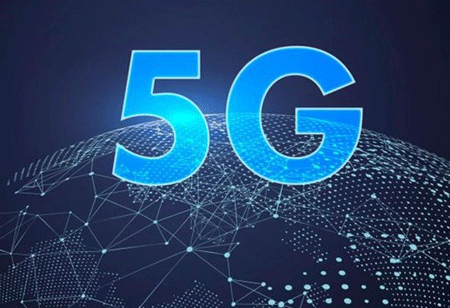THANK YOU FOR SUBSCRIBING
5G Directing The Media And Entertainment Industry
As the seismic evolutionary shift in 5G for mobile, network slicing, and edge-computing points to a huge leap forward.

By
Apac CIOOutlook | Tuesday, June 04, 2019
Stay ahead of the industry with exclusive feature stories on the top companies, expert insights and the latest news delivered straight to your inbox. Subscribe today.
FREMONT, CA: As the seismic evolutionary shift in 5G for mobile, network slicing, and edge-computing points to a huge leap forward, it creates an enormous promise for the media and entertainment sector.
Gigabytes for Giggles
3GPP defines the enhanced mobile broadband standard (eMBB), and it is predicted to deliver extremely high quality, seamless experiences in video, film, music, and TV making streaming services and games faster, more efficient and immersive content experience.
The lower cost per bit enables an array of uses in the consumer data packages, creating new business models such as bundling and intelligent analytics based advertising. The use of eMBB, which provides improved connectivity, enabling broader coverage through smart antenna technologies and high user mobility, will undoubtedly power consumers a new level of entertainment engagement.
With 5G providing 100MHz of capacity, the operator can serve both mobile and fixed broadband user from a shared infrastructure.
Revolutionizing Edge Networking
The 5G story in media and entertainment is not only about enhanced services for consumers, but also provides important uses, which creates countless opportunities, that are mobile edge networking and network visualization.
Mobile edge computing in the entertainment industry will majorly lower the latency levels and enables better distribution of network content. The edge computing will allow local content storage, reducing the cost of transportation.
Bandwidth Personalization
By virtualization of 5G networks, utilization of the enhanced core for provision of network slicing as a service allowing mobile networks, the capacity to offer different classes of services across a single common infrastructure.
For example, the operator can provide a service of 1Gbps guaranteed download speed and best effort latency to one group while offering another group, a facility with best-effort download speed just above a minimum threshold and guaranteed sub-10ms latency at the same time both delivered in the same physical network.
The network-slicing feature will provide the media industry with a dedicated bandwidth as a service for content distribution. An operator has the power to broadcast high-profile entertainment like significant sports events, concerts, and live events through a dedicated 4k video streaming with network slicing.
5G has already become a beacon for new technology in the media and entertainment industry and promises to bring in double the revenue in the coming decade.





